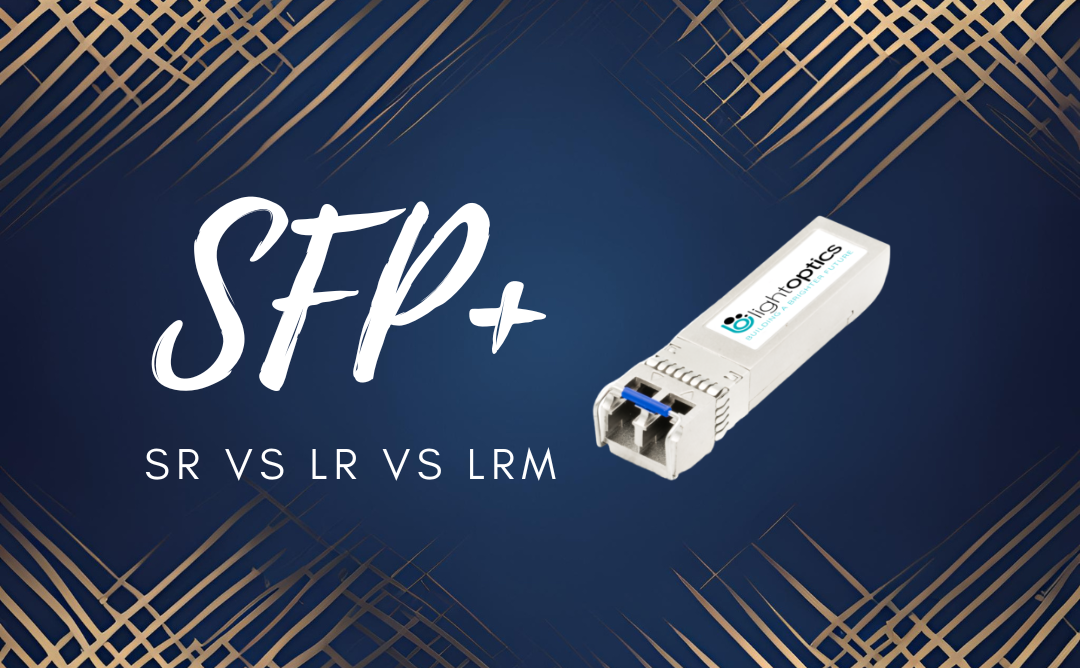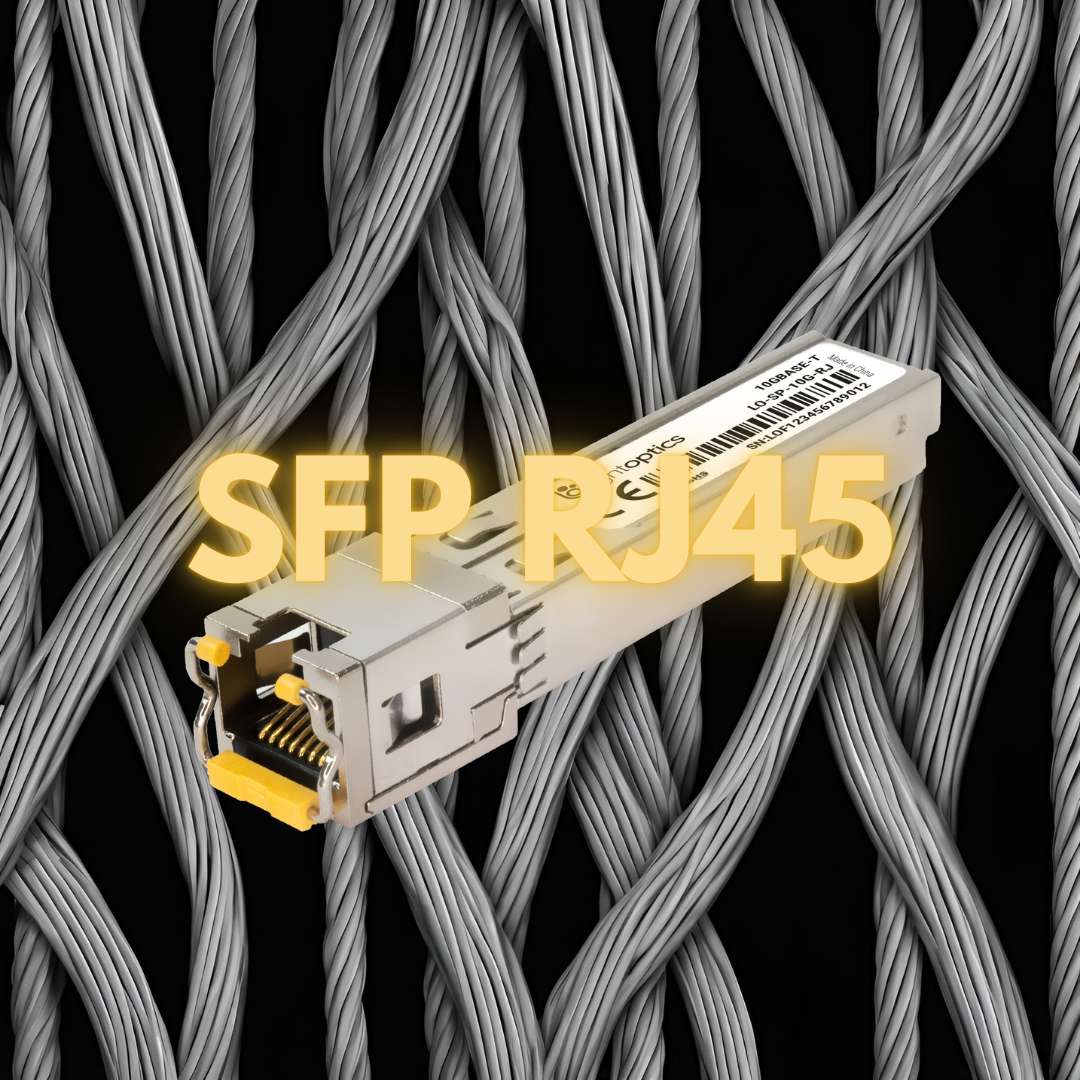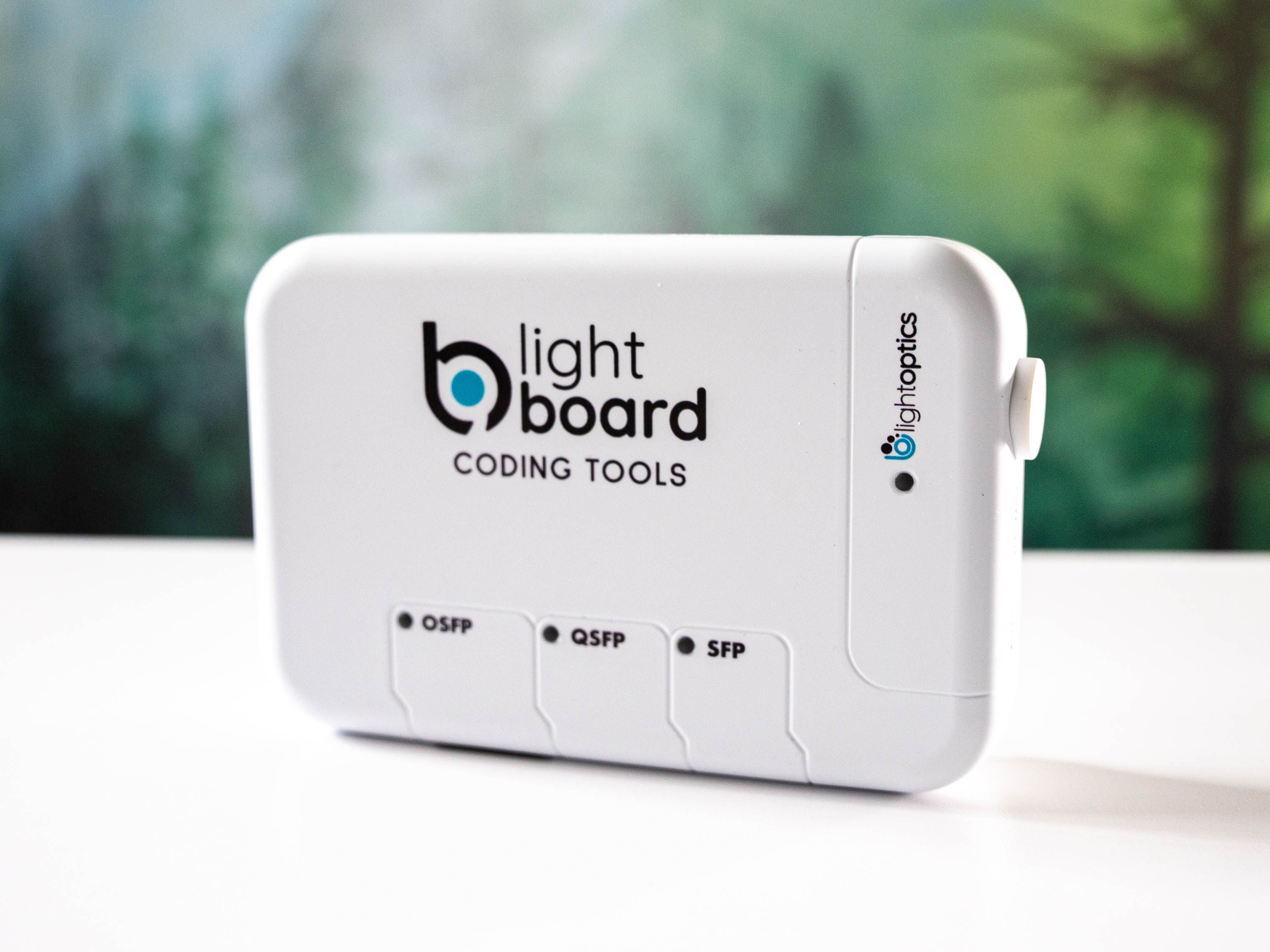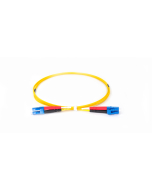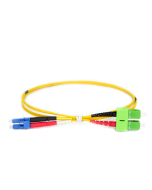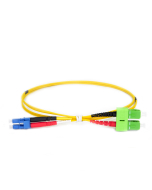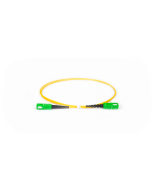Fiber-optics are no longer an industrial-only solution. Many of us have fiber-optic installations at home or at the office. We have many options available on the market and we don't always know which solution would best fit our needs.
Patch cables are used for connecting the fiber-optic link with a transceiver. Here are some of the aspects that you should bear in mind while choosing a patch cable for your installation:
5 questions before choosing a patch cable
- Type of fiber
Check which of the following fiber types you have: multimode or single-mode?
- Number of fibers
The number can be one (simplex) or two (duplex)
- Fiber-optic connector
What kind of connector does your fiber-optic cable have?
- Transceiver’s connector
What kind of connector does your transceiver have?
- Distance
What is the distance between the transceiver and the end of the fiber-optic link?
If you know the answer to all the questions above, you can choose a patch cable suitable for your needs.
Match the patch cable to the optical fiber
When it comes to the most popular fiber types, multimode optical fibers are used for short-range transmissions, usually within one building; the most common ones are OM3 and OM4. For a 10 Gbs rate or lower, there is no difference between OM3 and OM4. Only for a capacity of 40G and higher, the range will depend on the type of fiber. Multimode transmission is usually realized over a pair of fibers (duplex).
Single-mode optical fibers allow transmission over hundreds of kilometers without applying any range-enhancing equipment, thus are a perfect solution for long-range transmissions. Single-mode fibers have many types standardized by the ITU-T recommendations (some of the most popular are G.652 and G.657). Single-mode transmission is realized over one or two fibers (simplex or duplex).
The most common fiber optic connectors are SC, LC, FC, E2000, ST, MU, and MPO (MTP).

What is the difference between a UPC and an APC connector?


The connectors can be found in two types of polishing: APC (angled physical contact) and UPC (ultra-physical contact). In the APC connector, the light does not return to the source but is absorbed by the fiber’s jacket (resulting in less return loss). In the UPC (and PC) connector the light is reflected back to the source. Usually, the APC connectors are marked with green and UPC with blue.
UPC and APC connectors do not match, if used together they create a gap between them that negatively impacts the transmission and may result in damaging the connectors themselves.
There is low diversity among optical connectors so the choice of a connector is quite easy. The types of connectors used for transceivers are usually just LC/UPC, SC/UPC, and MPO.
Patch Cables Connector Types
The most popular connector type is LC, due to its compact size that is applicable to areas of high density of cabling. They are also equipped with a special snag-free latch that secures the connector from unintentional detachment.

LC/UPC connector
SC connectors are much larger and are usually applied to active devices such as media converters. They ensure fast and easy connection (no latch).
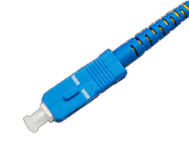
SC/UPC connector
The MPO connector answers the problem of the high density of fibers in one socket as well as the need to use one connector for all 12 fibers of the most popular, MTP-type ferrule. Nowadays, the MPO connector can hold not only 12 fibers but the MPO 24J can hold 24 and the MPO 72J even 72. You can create vast networks without completely changing the already existing infrastructure.
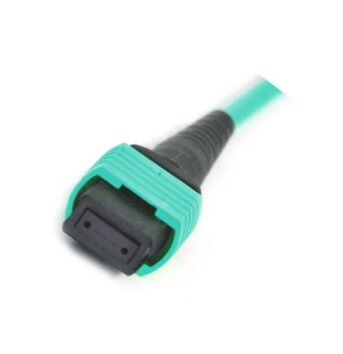
MPO/UPC 12J connector
Which connector matches which transceiver?
- SFP modules
All SFP modules transmitting data over 2 fibers (duplex) have LC/UPC connectors (2x LC/UPC).

2x LC/UPC connector
SFP modules transmitting data over 1 fiber (simplex), also known as WDM or BiDi, use either LC/UPC or SC/UPC.

SC/UPC connector

LC/UPC connector
- SFP+/XFP modules
All SFP+ and XFP modules have LC/UPC connectors.


- QSFP+, and QSFP28 modules are available with MPO and LC/UPC connectors
For 40Gbs and 100Gbs modules with a 12-fiber MPO connector, only 8 external fibers are used, because there are only 4x10 Gbs channels to transmit (for 40Gbs modules) or 4x25G (for 100Gbps modules), which corresponds to 40 Gbs or 100 Gbs in every direction.
To connect two modules with an MPO connector, it is necessary to use MPO cross-over patch cables which enable the signal transmitted from one module to be received by the module on the other side, as shown below.

Crossed patchcord MPO for 40G and 100G modules
The 40 Gbs and 100 Gbs modules with LC/UPC connectors contain not only a laser or a group of lasers that transmit the light. These modules are additionally equipped with special technology that enables higher capacities for vast distances, such as miniature CWDM multiplexers and demultiplexers operating on 4 CWDM wavelengths. The signal is transmitted over 2 optical fibers.
Basic 40 Gbs module types with their corresponding connectors and fiber types are described in the following table:

*40 GBS PSM4 QSFP+ modules have an angled MPO/APC connector (8-degree angle), used to minimalize the reflection effect of the MPO connections. These are the only single-mode 40 Gbs transceivers with an MPO connector, that are valued for the possibility of easily dropping one single-mode signal into 4 10Gbs transmissions (with splitter fan cables).
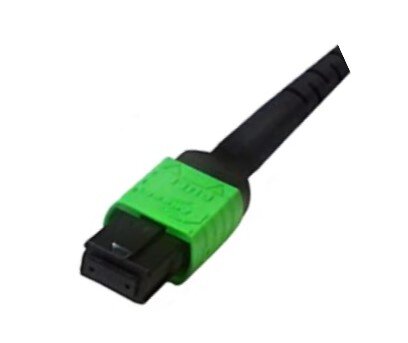
MPO/APC 12J connector
Basic 100Gbs QSFP28 module types with their corresponding connectors and fiber types are described in the following table:

*QSFP28 100 Gbs PSM4 modules have MPO/APC angled connectors (analogically to QSFP+ 40 Gbs PSM.)
- Copper SFP and SFP+ modules with RJ45 connector
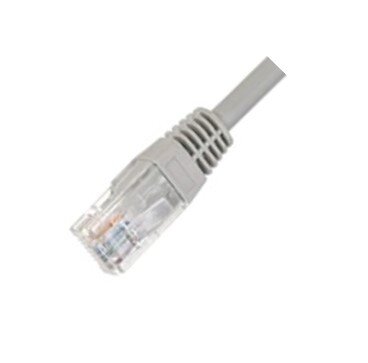
RJ45 connetor
SFP and SFP+ modules with an RJ45 connector (copper) differ from standard optical transceivers in that they do not contain a laser or a diode. The TX modules are used in SFP and SFP+ ports when a device will be used not for fiber-optic transmission but for transmission over a standard copper twisted pair.
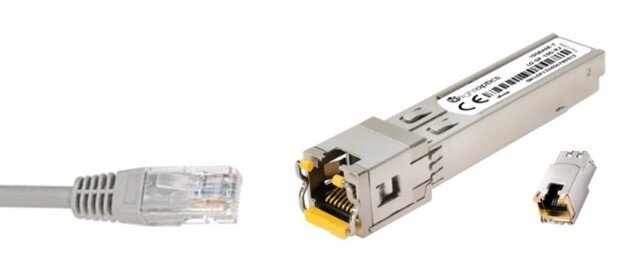
For these modules instead of a fiber-optic patch cable, a LAN RJ45 patch cable is used. The patch cable’s category influences the maximum transmission range:
- SFP TX, RJ45 10/100/1000 TX UTP 100m transceiver - transmission speed of up to 1,25 Gigabit Ethernet for 100 m, cable cat. 5;
- SFP+ TX, SFP+ RJ45 10G TX UTP transceiver – transmission speed of up to 10 Gigabit Ethernet for 20 m, cable cat. 6a.










